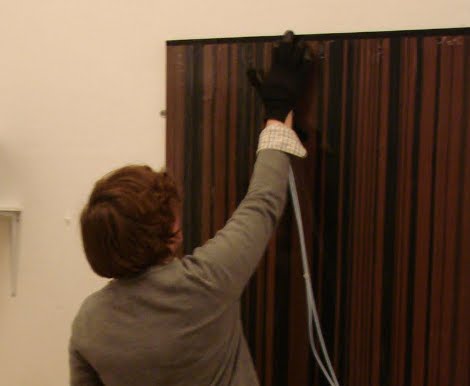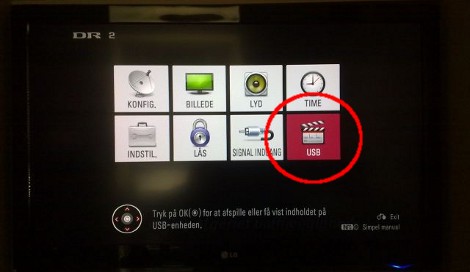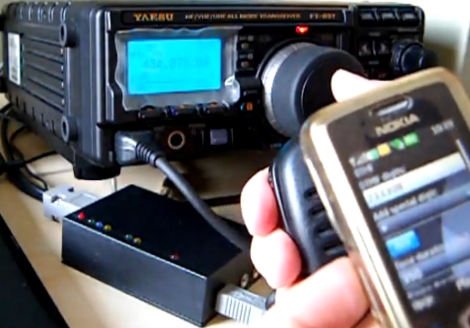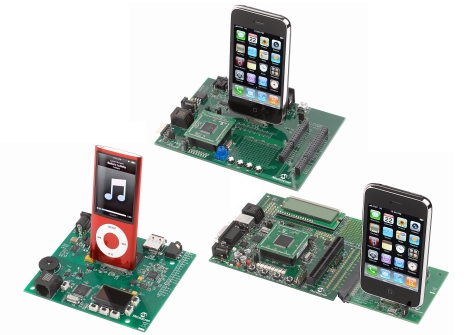[youtube=http://www.youtube.com/watch?v=nHiYCZkAq5o]
A Nixie tachometer is new to us. We’ve seen tons of various displays, but not a tachometer. After having extensive annoyances with the factory ignition timing system in his totally awesome Holden Gemini, [Brett] installed a MegaJolt electronic ignition system. To top things off and add that extra bit of flair, he built a nixie tachometer to sit on his dash. Not only does it have the numeric read out, you can see a nixie “bar graph” on top as well. Skip to about 2:30 if you want to go right to the action. You can download the Arduino code from the forum post.
















